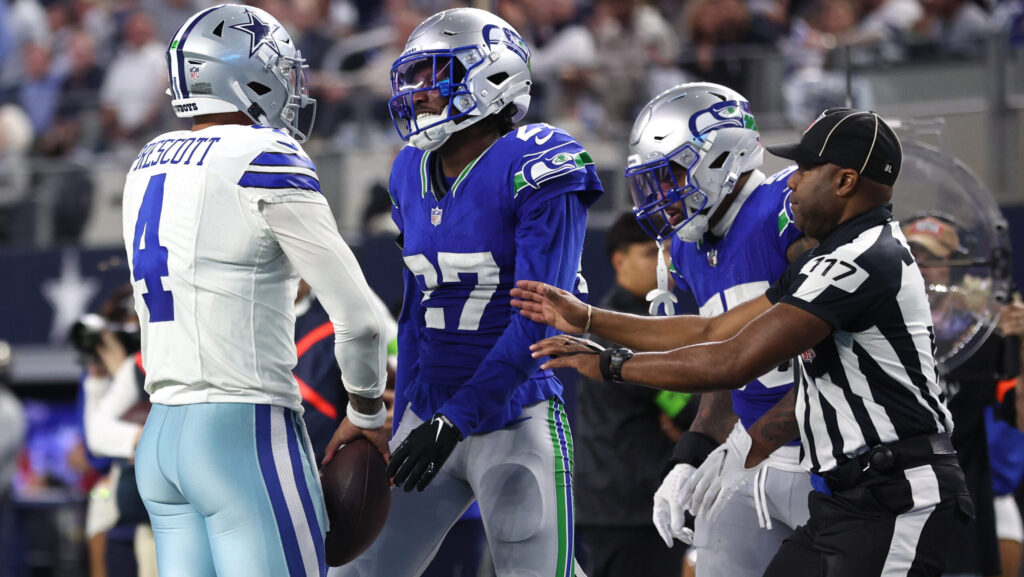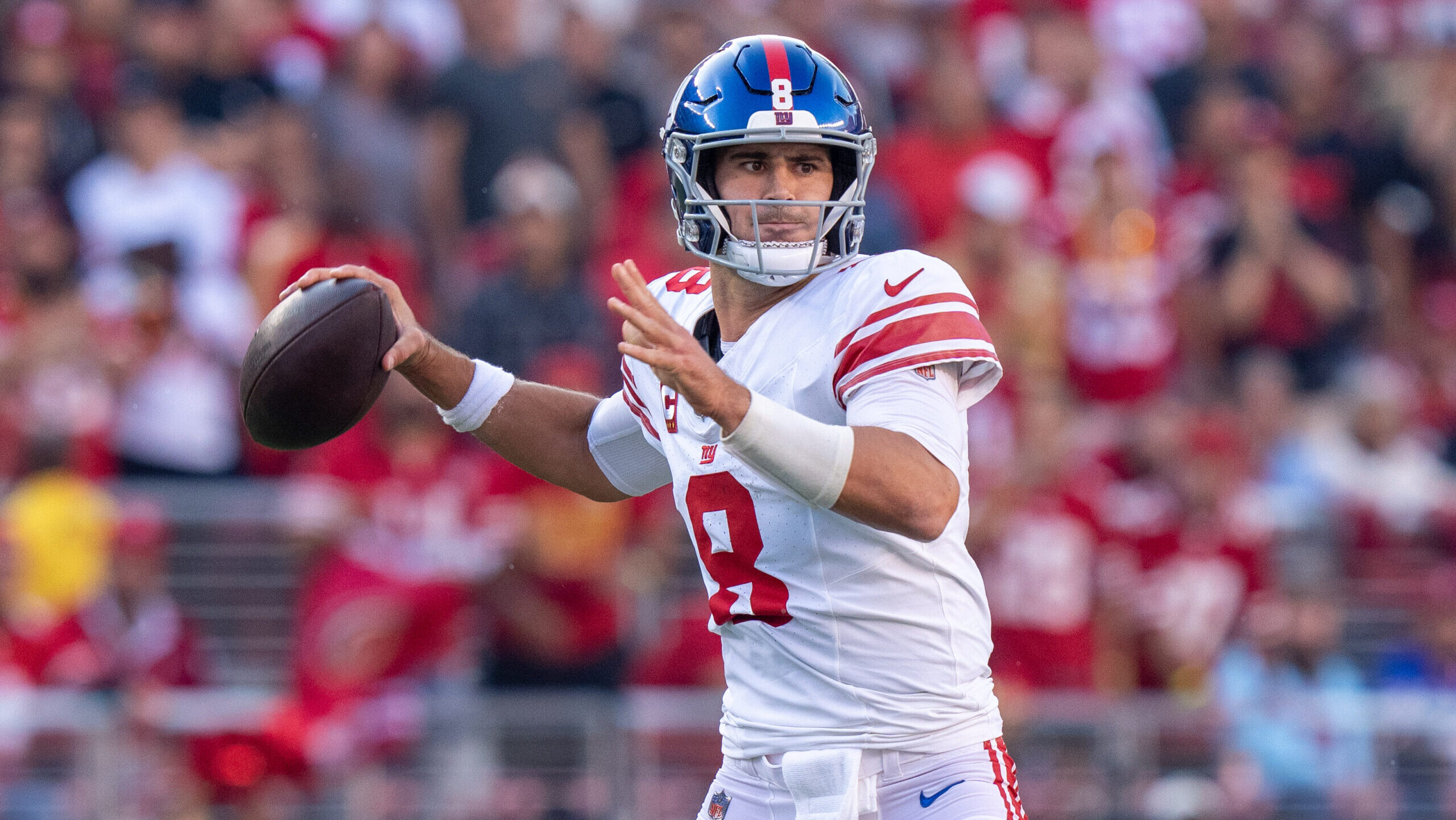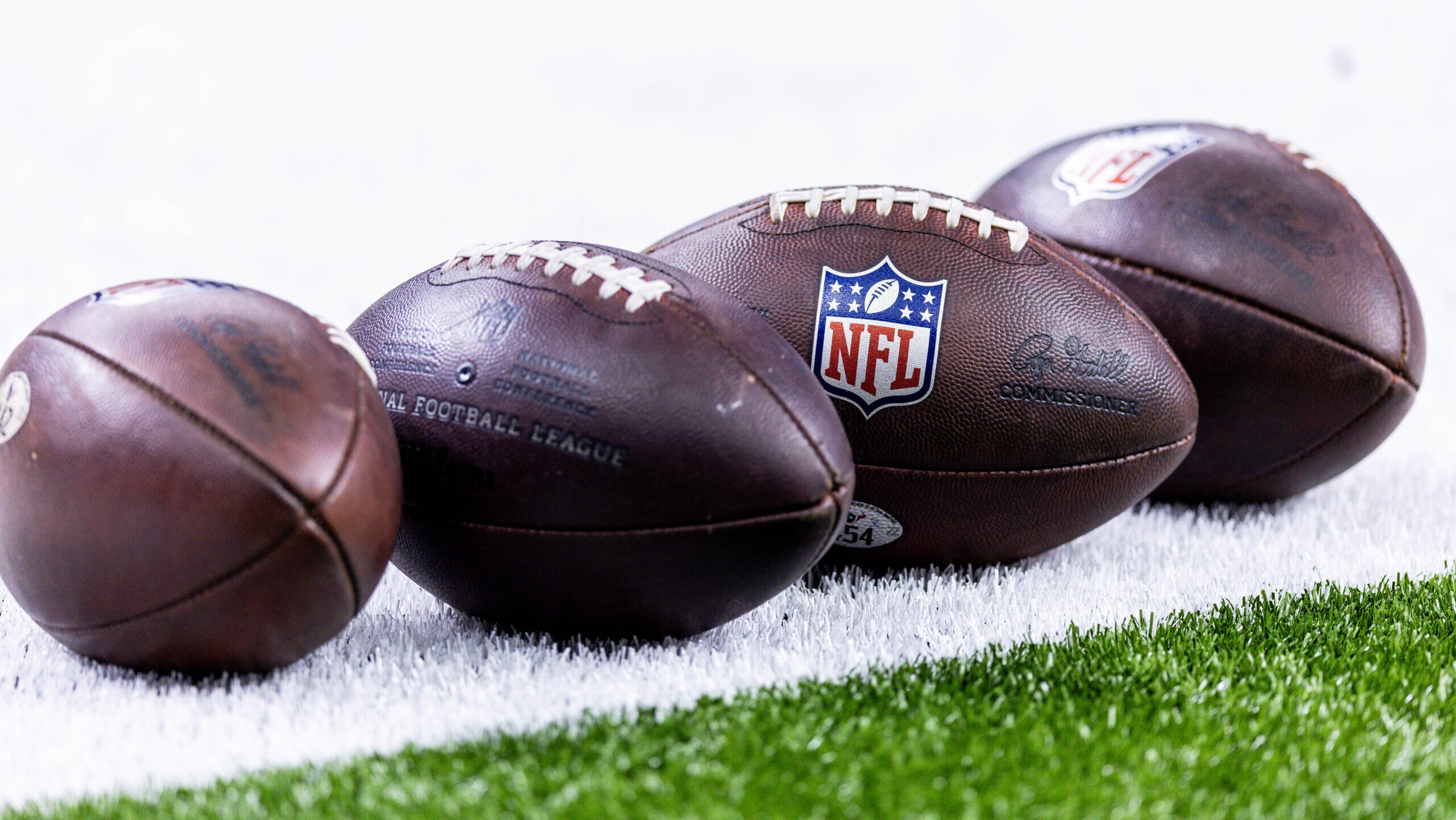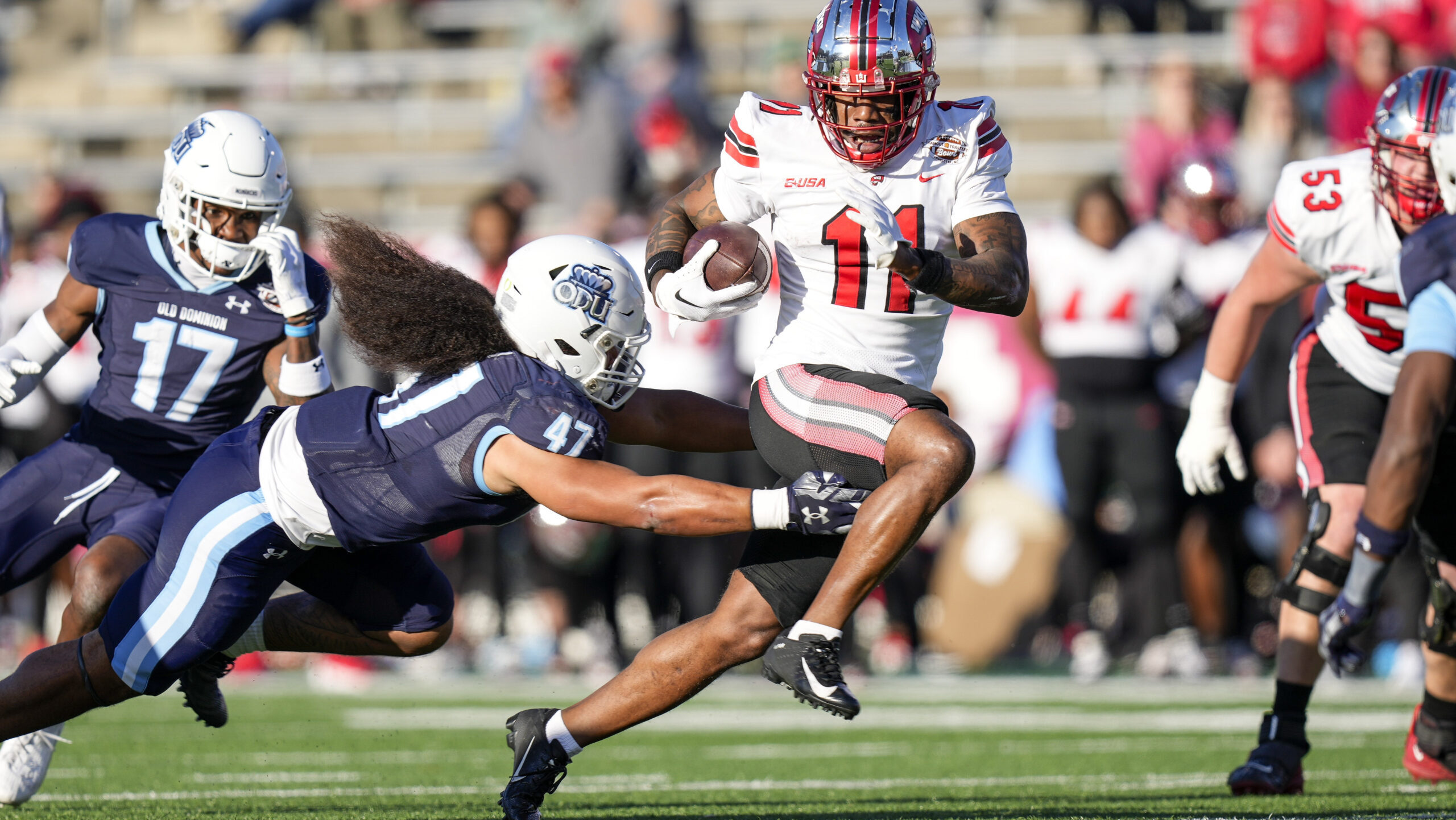NFL Analysis
12/6/23
4 min read
Officials Called NFL Week 13 Cowboys vs. Seahawks Game Correctly

There were 25 penalties in the Dallas Cowboys’ 41-35 Thursday night victory against the Seattle Seahawks. It was accompanied by customary media hysteria that the officials had somehow ruined the game. Actually, all they had done was officiate it according to the rules.
Al Michaels frequently acts as if he is personally offended when an official deigns to throw a penalty flag. Pete Carroll complained in his postgame press conference that “there was just way too many penalties in this game, for both sides. We’ve got to get out of that kind of football.”
Tim Capurso of Sports Illustrated lamented that the “best Thursday Night Football matchup of the year” was “ruined by endless starts and stops in game play,” unmindful that there were approximately 16 in-game commercial breaks that consumed a total of about 40 minutes.
The Seahawks and Cowboys being the first and third most penalized teams in the NFL was almost overlooked. Each team averaged about nine fouls a game.
In other words, in an ordinary Cowboys vs. Seahawks, contest one might expect a minimum of 18 fouls/penalties. There also seems to be an unawareness that officials identify penalties only when teams have committed fouls. There is no other reason for a penalty flag, never has been.
Much time is spent demonizing penalties by media members, coaches and fans. However, there are a few items to keep in mind in any discussion of officiating.
First, penalties are not a bad thing. Penalties are good. Fouls are bad. When a team commits a foul, it must be punished. If it is not, the outcome of the game is compromised and possibly invalidated.
Moreover, since unpunished fouls do not discourage fouling, the result is often more fouls, not less, even if officials are not calling them.
Second, the pertinent issue in any athletic contest is not how many fouls/penalties the officials identify but how accurate their decisions are. And mistakes cut both ways. Failure to identify a foul is just as severe as improperly assessing one.
Third, since the beginning of competitive sports, some teams have attempted to intimidate officials by playing outside the rules to obtain an advantage. Weak-hearted officials wilt. The strong make sure the rules decide the outcome.
As an example, the most important non-player NFL safety rule in the last 50 years is the prohibition against Illegal Contact, which restricts contact between the pass receiver and defender beyond five yards from the line of scrimmage.
The rule restored the traditional relationship between the pass catcher and the defender, as well as between offense and defense. It is also the most abused rule. Teams test officials. Teams chuck receivers beyond five yards, trying to figure out what they can get away with.
Sometimes they get away with a lot. If something hurts the passing game, it hurts the NFL. Several times the NFL has made enforcement of the rule a point of emphasis to get it enforced properly.
The negative impact when officials fail to enforce the rules is more apparent in basketball since there are fewer players and less contact is permitted.
Once upon a time, basketball was a game of speed, quickness, agility and finesse. Now it is grab and push, pull and shove. Because officials failed — or downright refused — to properly officiate games, the sports overseers eventually legalized the three-point shot to reduce the congestion around the basket and to open up the court.
A few weeks ago there were 97 three-point attempts in an NBA game. That’s not professional basketball. It’s Tuesday night at the YMCA.
Thursday night’s game was played by NFL rules, officiated by NFL rules and decided by NFL rules. It was a firm declaration of the NFL’s commitment to competitive integrity. What’s wrong with that?







